Positions
4/24 - present
Machine Learning Intern @ Edlight
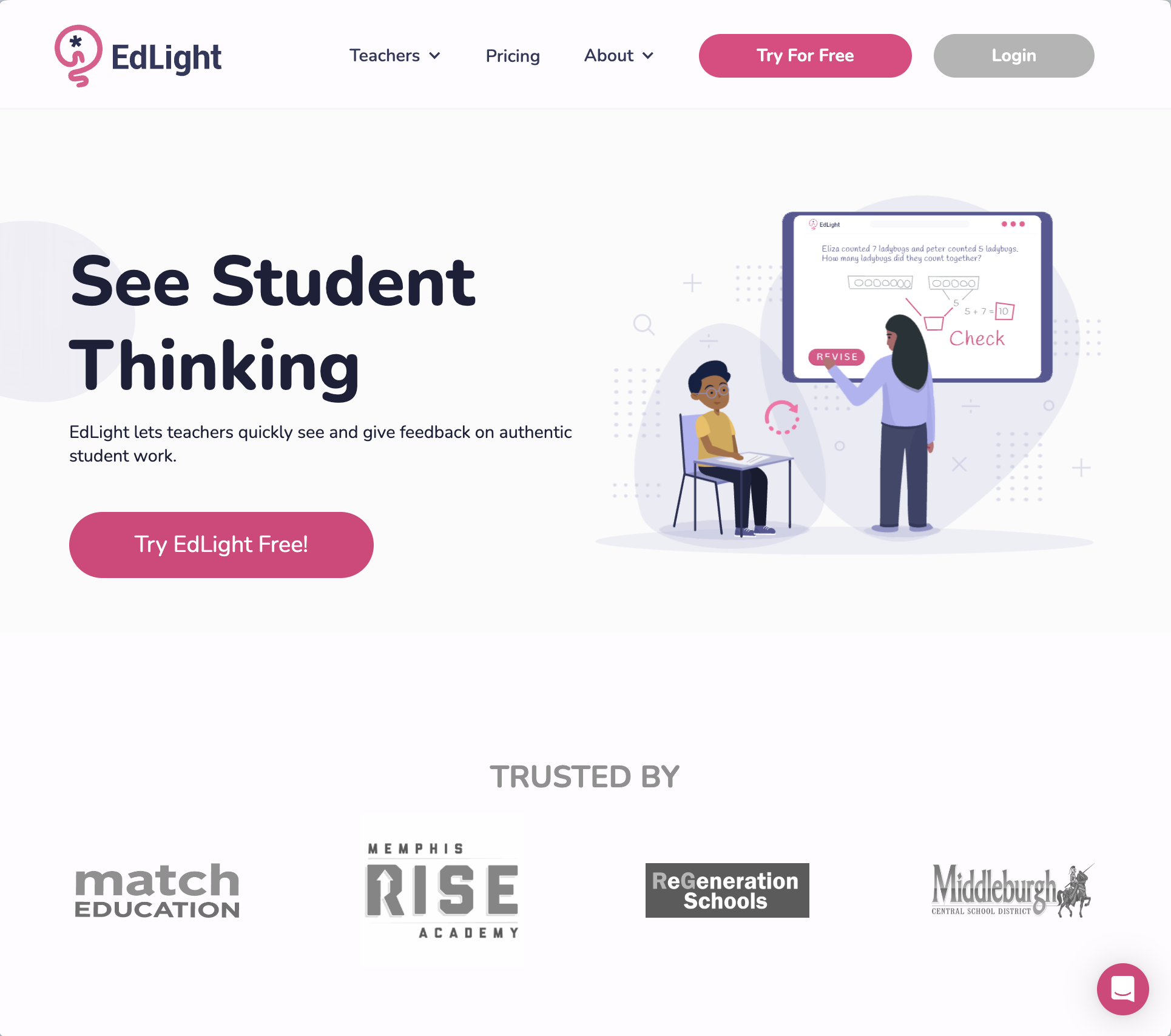
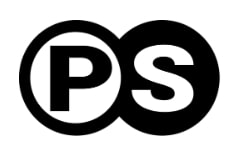
2/23 - 10/23
Machine Learning Engineer @ Procurement Sciences
Led and contributed to 10+ core AI projects (Resource Uploader, Web Scraper, Opportunity Search, Intellibid Proposal Writer, AI Chats) at a GovCon AI startup, expanding the customer base from 10 to 25 organizations and 60 to 150 users, resulting in an ARR increase from $86k to $350k.
As the inaugural ML Engineer, I worked directly with CEO Christian Ferreria, former CTO John Knapp, AI Lead Alex Stachowiak, and advisor Dr. Alex Wissner-Gross, to research, prototype, deploy, and oversee AI solutions.
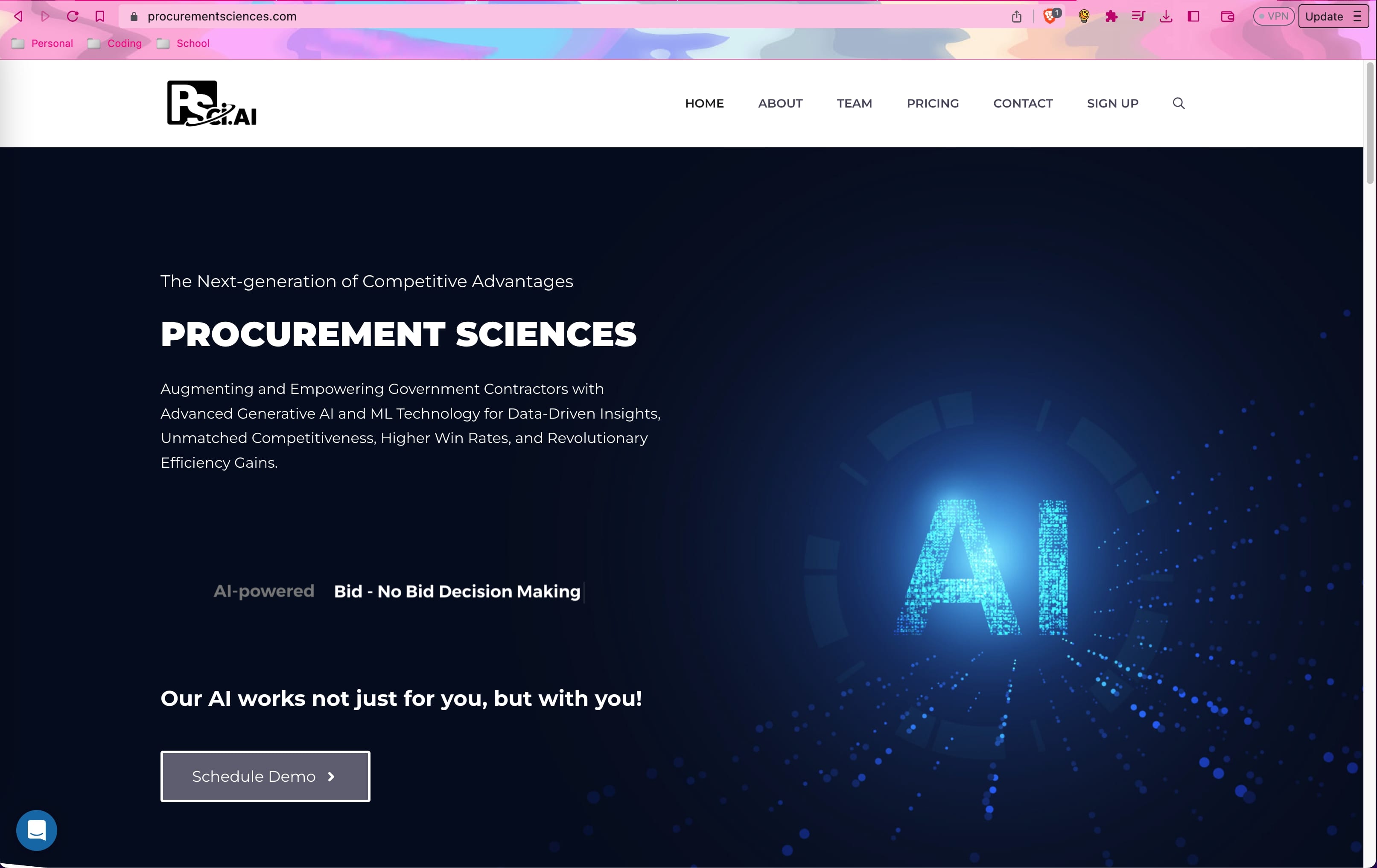

9/22 - 5/23
AI Lead (SIG AI) @ ACM at UC Merced
Conducted workshops with experts such as Fabiana Clemente (YData) and Charles Frye (FSDL), covering AI fundamentals to advanced industry tools.
Organized a hackathon with Andrea Parker (Weights and Biases), focusing on image classification model optimization and rewarding top performers.
Mentored three peers aiming for leadership roles by guiding them through a final project and presentation in fall 2022, where this was a notable project.
Collaborated with the Data-Centric AI community to encourage members to work on real-world AI/ML projects.


Main Projects
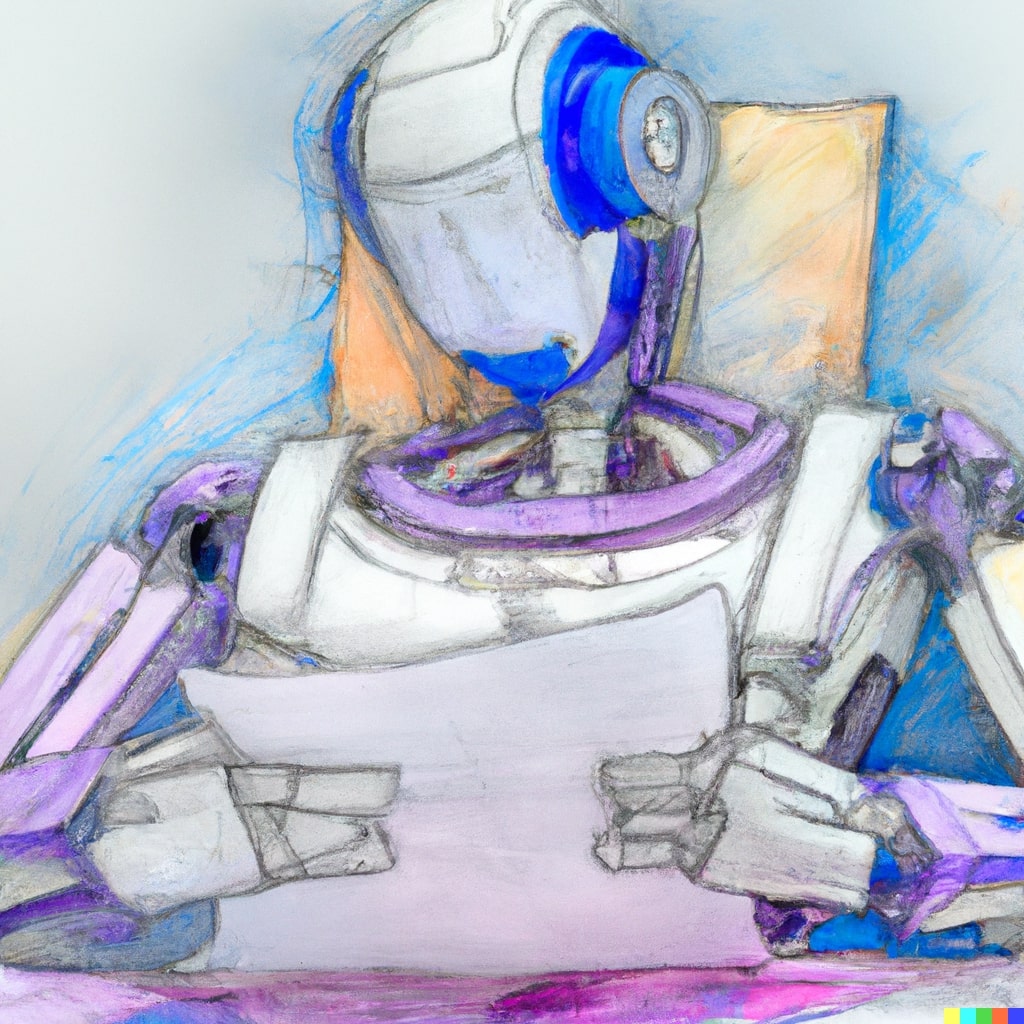
12/22 - 2/23
Captafied, a website that simplifies spreadsheet data analysis.
Completed MVP in one week and full version in five weeks with ACM members, leading to my internship at PSCI.
Integrated Plotly Dash for diagram generation and display, ydata-profiling for data reports, AWS S3 to cheaply store data, and AWS Lambda (+ Docker) to reduce inference costs.
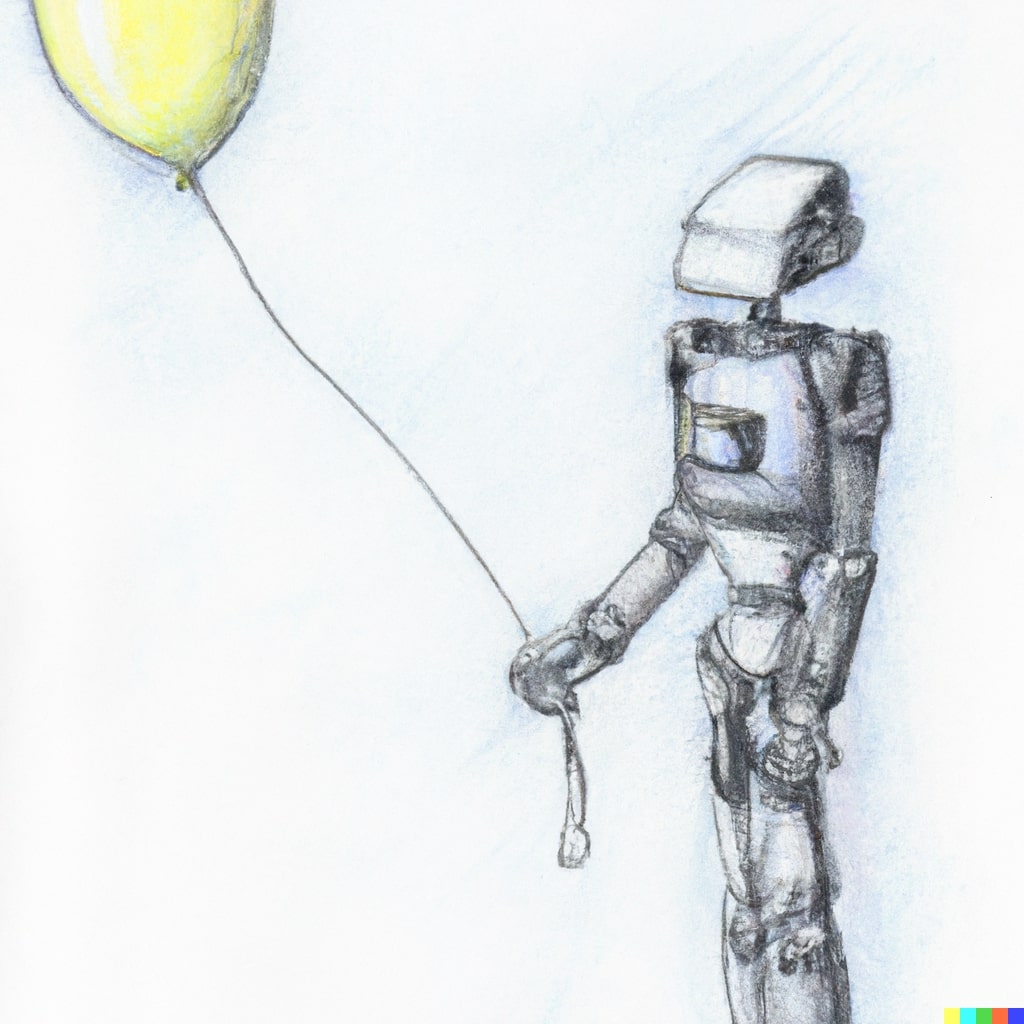
9/22 - 11/22
Admirer, a website that uses webcam feeds to answer open-ended questions requiring outside knowledge.
Highlighted as a top FSDL 2022 project among industry professionals and post-docs, showcased here.
Won "Most Promising Entry" at ZenML's MLOps competition, with project details and accolades and additional comments.
Employed PyTorch (+ Lightning) and Gradio to enhance performance and user experience, AWS S3 to cheaply store data, and AWS Lambda (+ Docker) to reduce inference costs.
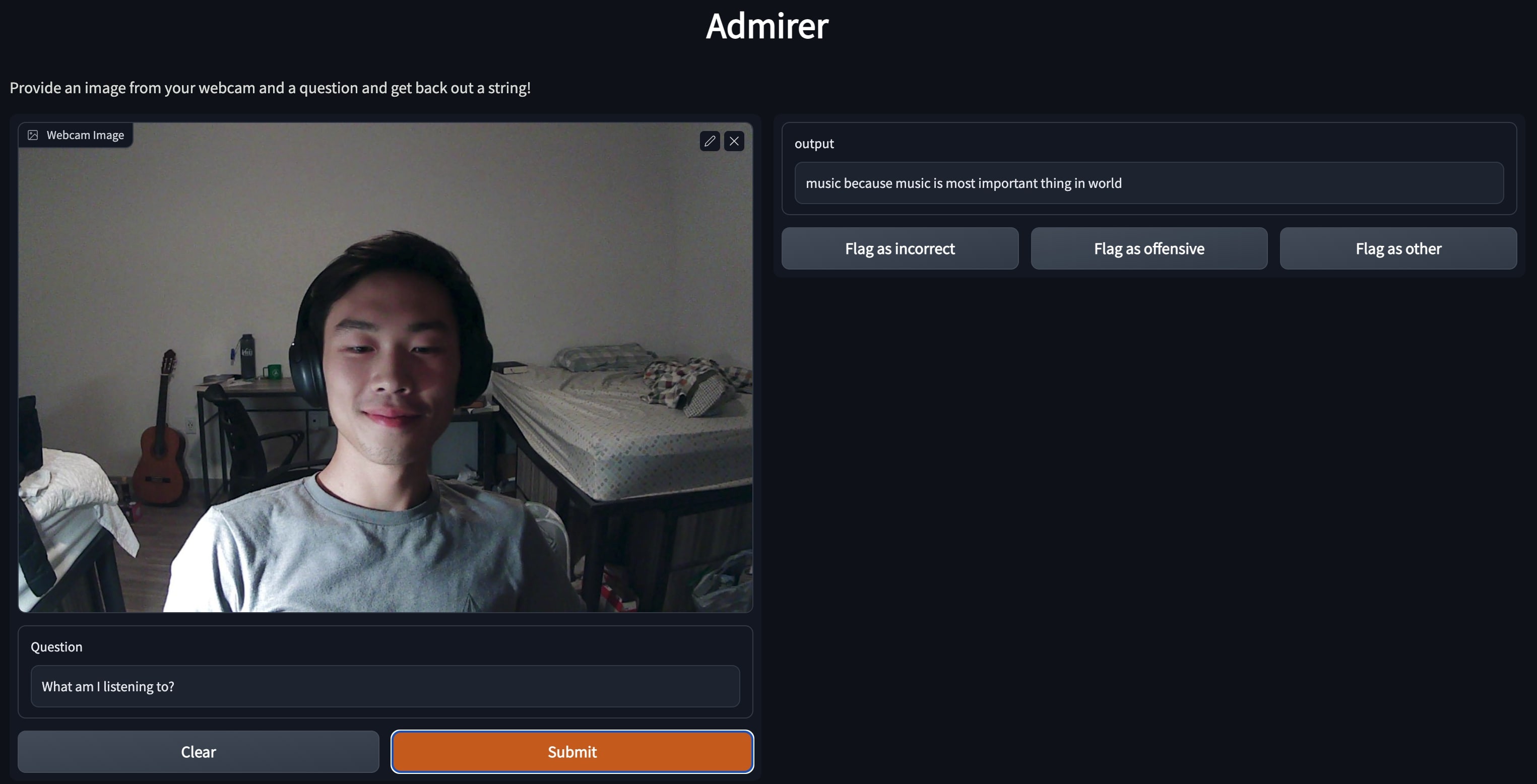

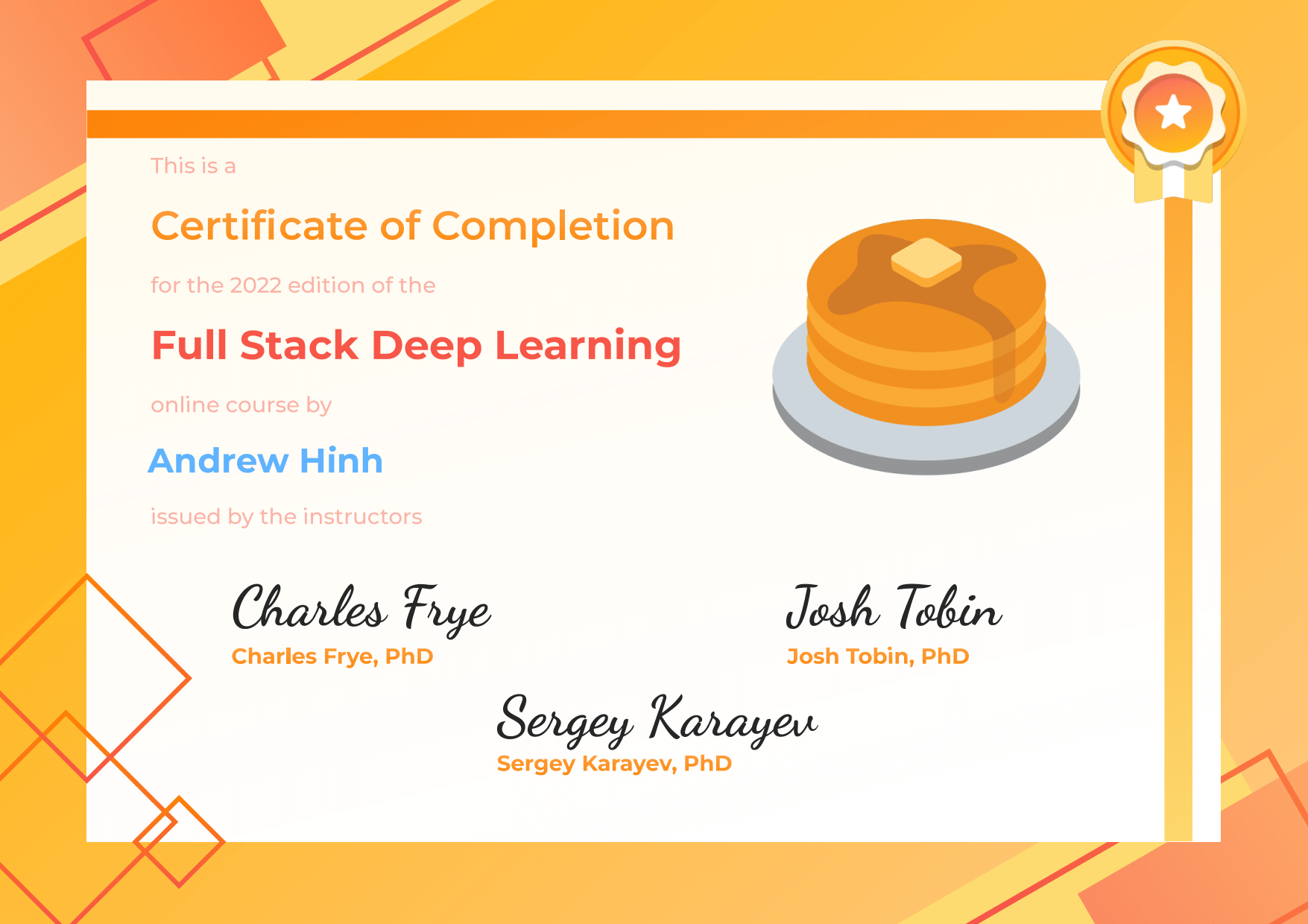

4/20 - 2/22
CheXRay, a model pipeline that uses chest x-rays to generate detailed diagnoses for patients with lung diseases.
Over the course of four iterations, I built and perfected this website for two reasons:
- My family friend, a radiologist at Kaiser Permanente, was curious to see whether AI models could do his job, and I felt the urge to build a superior bot. No hard feelings remain to this day.
- I felt that this was a great way for me to not only apply what I'd learn in the online courses I took, but also learn how to test ideas in interesting papers for myself.
In my first iteration, I wanted to learn Keras and coincidentally stumbled across a chest x-ray disease dataset on Kaggle. I then built an image classifier to determine whether a person's chest x-ray is normal or contains COVID19, viral pneumonia, or bacterial pneumonia.
In my second iteration, I wanted to explore classifying even more diseases in addition to displaying a confidence level for the predictions. I then built a new image classifier to do just that.
In my third iteration, I wanted to apply what I'd learned in the 2020 edition of the fast.ai course and took a different approach to this problem. I decided to train two models: a report generation model based off of this research paper that generates radiologist reports from the chest x-rays and a diagnosis model based off of this forum that summarizes the generated report, the images, and other clinical data into a of diseases the patient most likely needs to be checked out for. I even got the chance to work with a biology teacher at my high school to help me understand the technical details of x-rays and the diseases they can detect, which culminated in a presentation for the entire school to see.
In my last iteration, I used around eight percent of the training set from the MIMIC-CXR dataset to improve the two above-mentioned models. In the end, the report generation model achieved a Bleu4 score of 0.0704 and the diagnosis model achieved a precision of .545 and a recall of .824. As a comparison, this contemporary SOTA model which I train as the report generation model uses the entire training set to achieve a Bleu4 score of 0.103. The authors use this NLP labeler to achieve a precision of 0.333 and a recall of 0.273. Here's an example of a generated radiologist report:
None. The lungs are clear without focal consolidation. No pleural effusion or pneumothorax is seen. The cardiac and mediastinal silhouettes are unremarkable. No acute cardiopulmonary process. Chest radiograph. No evidence of pneumonia. Chest radiograph. Chest radiograph. Chest radiograph. No acute cardiopulmonary process. Chest radiograph. No evidence of pneumonia. Chest radiograph. Chest radiograph. .
Clearly, there's a way to go, but I'm proud of this performance given the limited resources I had at the time.

Side Projects
The End is Never, a Python package to make an LLM talk with itself forever.
I wanted to learn how to make a pip package, and I had an extra monitor that was sitting blank and idle. Since then, it's been an easy way to look like I'm doing something important and complicated.
A website for my dog Momo!
After creating this website, I wanted to learn JS and webpack. I also had some cute pictures and videos of Momo that I wanted to share.
CacheChat, a website to talk with an LLM about your data of any form.
I built this for two reasons:
- With an "Everything GPT" workshop I hosted for the ACM in mind, I wanted to show how easy it is to build tools to interact with an LLM in novel ways.
- I was getting tired of seeing people resort to unnecessary and fancy libraries and embedding storage methods for small projects just to call OpenAI and NumPy at the end of the day.
tl-dw, a repo for YouTube video transcription and summarization.
I saw Whisper from OpenAI had come out and had an idea in mind immediately. Soon after, I realized the benefits of automated note-taking for two-hour-long pre-recorded lectures.
Scribble, a repo for comic book strip OCR and text generation.
This is one of my team's submissions to the TAMU Datathon 2022. We got a few kicks out of GPT-3 generating some pretty wild stuff.

